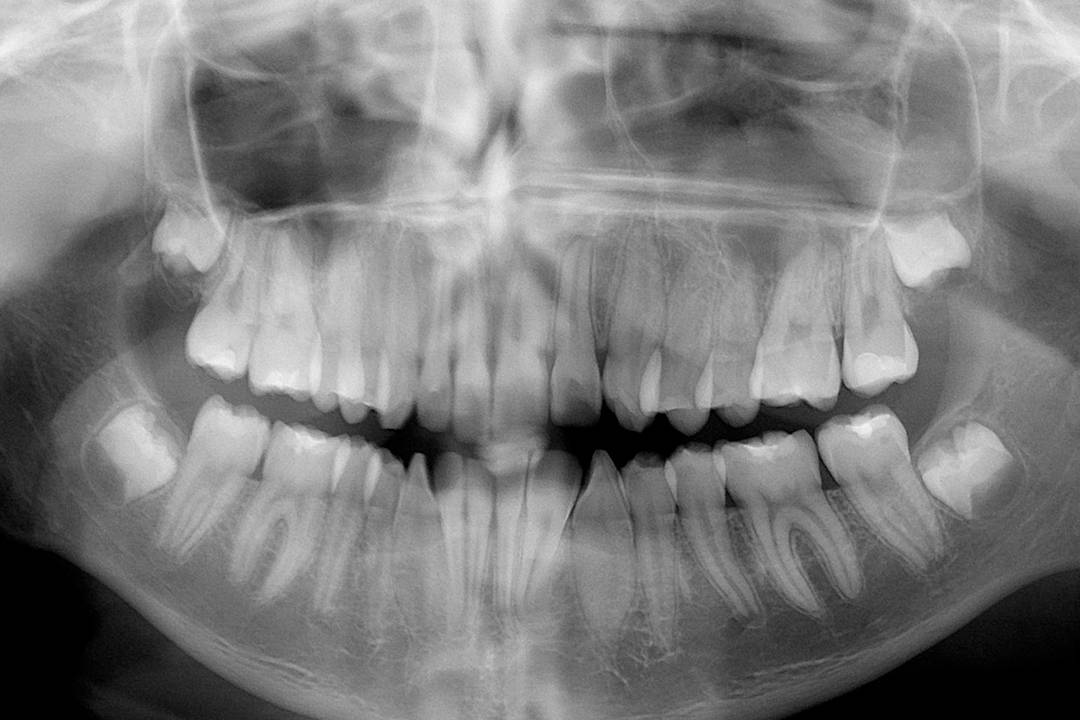In December 2023, I underwent surgery to extract my bottom right wisdom tooth. Two years before that, I had to get my upper two wisdom teeth pulled out because they grew in slanted. Despite enduring swollen cheeks and the inability to eat solid foods for at least a week twice already, I still have to face one more surgery to extract the bottom left tooth.
According to a 2013 article published in the Journal of the Canadian Dental Association, more than seven million Canadians may have wisdom teeth that didn’t erupt — grow out of the gums — properly. Whether surgery is necessary depends on a person’s individual case. When there is no room for these teeth to grow out properly, they can impact, or clash with, other teeth. This leads to pain and dental damage. Additionally, impactions create awkward crevices that our toothbrushes can’t reach, which can result in infection, gum disease, and tooth decay.
To those who share my frustration, wisdom teeth seem to cause us more harm than good. Surprisingly, according to a 2015 literature review in the Dental Research Journal, it appears that between five to 37 per cent of people worldwide are born without one or more of their last molars. So, why do some people not grow wisdom teeth? And why do some people have to endure the pain and price of surgery to remove teeth that now seem obsolete?
Why do we have wisdom teeth?
Wisdom teeth are also known as humans’ third set of molars, located at the very back of the mouth. Unlike our adult teeth, wisdom teeth don’t emerge after our baby teeth fall out. Rather, they only start to grow in between the ages of 17 and 25. The later age in which we grow these teeth is the anticlimactic reason why they’re called ‘wisdom’ teeth.
While I needed surgery to remove my wisdom teeth, our early human ancestors needed them. An article published in the Smithsonian Magazine describes that, before humans discovered cooking, our ancestors’ diet consisted of raw meat and plants. These foods were more difficult to chew, which resulted in larger jaws paired with powerful chewing muscles. Our primate relatives, such as gorillas and chimpanzees, all have wisdom teeth that allow them to chew fibery foods.
However, the shift from hunter-gatherers to farmers changed the human diet to softer foods that don’t require as much jaw strength. As a result, our jaws have evolved to be smaller and wisdom teeth became vestigial — functionless in the course of evolution. Still, if our jaws have adapted to our modern diet, why haven’t our teeth?
We don’t chew enough
Our teeth are actually not at fault for our dental misalignments and wisdom teeth surgeries. Instead, it’s our jaws.
The size of our teeth and jaws are not determined the same way. The shape and size of our teeth are genetically preprogrammed. This means that they cannot immediately adapt to the conditions of our respective mouths.
On the other hand, diets and genetics shape the size of our jaws until the end of puberty. As Julia Boughner, a developmental anthropologist, explained in an interview with CBC, whether your jaw is big enough for an extra set of molars depends on how much you chewed as a child. The tough diets of our ancestors shaped their protruding jaws that provided their teeth with spacious real estate. Thus, our teeth evolved to match the longer jaw. It took 200,000 years of human evolution to reach the jaw size-to-teeth ratio found in modern homo sapiens.
Today, our jaws can typically fit 28 teeth. There’s no telling when our wisdom teeth will completely vanish from our jawline — but until then, at least you have ice cream to look forward to after your surgery.


